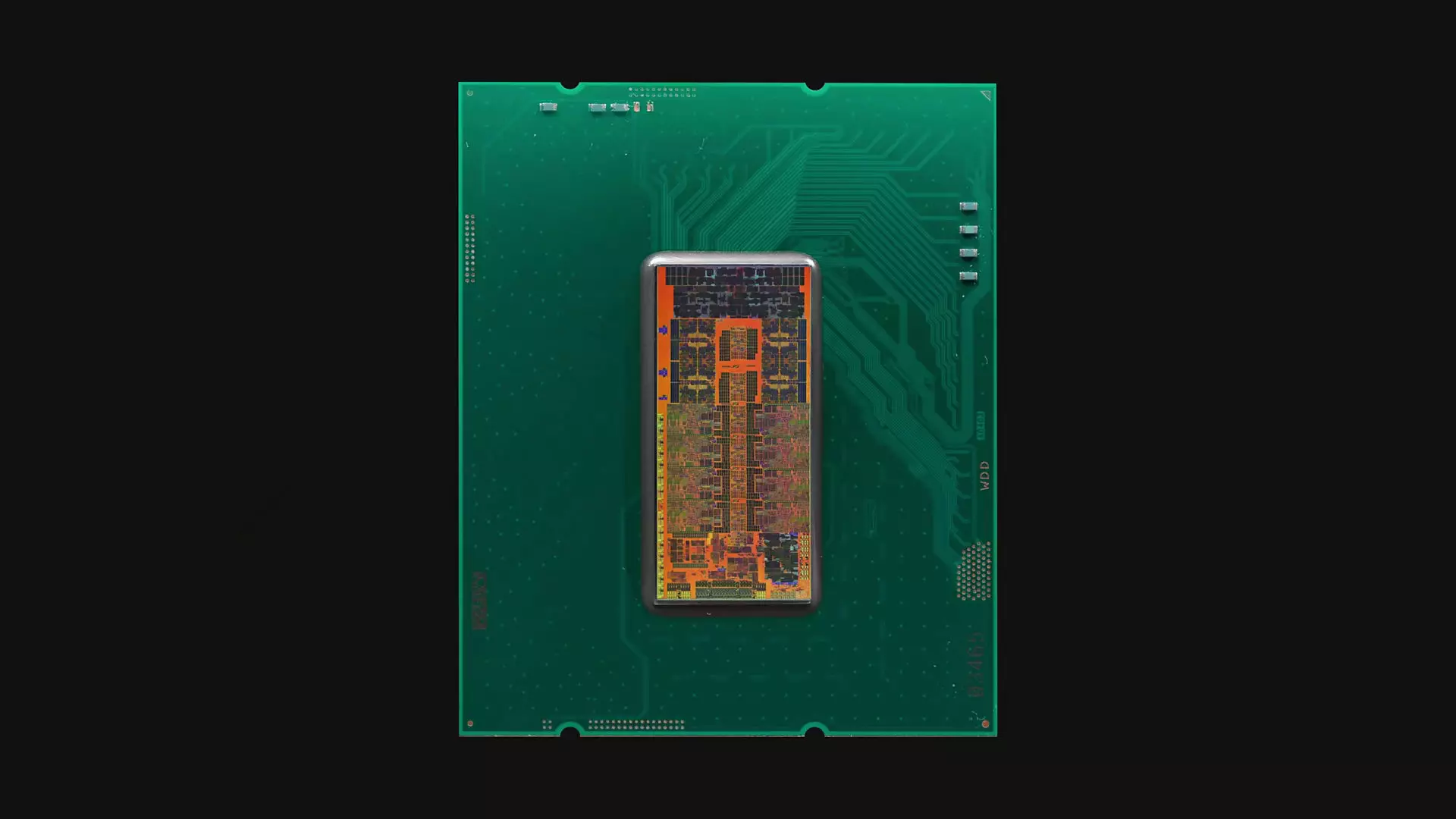Recent rumors and reports indicate that Intel’s Arrow Lake CPUs, particularly the Core Ultra 7 265K and 265KF models, are about to reshape the landscape of gaming hardware yet again. With a significant price reduction of up to 25%, these CPUs are not just the latest buzz; they represent a strategic pivot from Intel to reclaim its substantial market share in the gaming CPU landscape. While gaming hardware enthusiasts often remain loyal to brand legacy, this dramatic price shift could lure many to reconsider their choices. Why the change now? Is it merely a stake in the ground against competitors like AMD, or does it reflect a deeper realization regarding the evolving needs of gamers in a competitive market?
The Subtle Differences
Delving into the details, the distinction between the Core Ultra 7 265K and 265KF models primarily lies in their graphical processing capabilities. While the 265K boasts an integrated GPU suitable for gamers who prefer a more rounded machine, the 265KF focuses solely on raw CPU power by foreseeing graphical needs. The price drops—from $399 to $299 for the 265K and from $384 to $284 for the 265KF—make them attractive not just for casual gamers but also for professionals seeking high-performance computing solutions. With both variants wielding eight Performance cores and twelve Efficient cores, as well as a Turbo boost of 5.5 GHz, this CPU landscape signals a shift towards more robust, multi-threading possibilities for the foreseeable future.
Power vs. Value
When considering Intel’s offerings, we must highlight AMD’s formidable contender in the Ryzen 7 9700X. Priced around $359 and often exceeding $300 in street value, AMD has firmly established itself as a reliable choice for gamers. On the surface, it may seem that the Ryzen maintains a small performance edge—approximately 5% faster during gaming. Yet, as Intel’s offerings shine brighter with more cores, we must analyze the potential of multithreading becoming more integral to CPU efficiency in gaming.
As the demand for high-core-count CPUs rises, particularly in tasks like video editing and streaming where multiple processes compete for attention, the question emerges: should gamers focus solely on frame rates, or look ahead at the hybrid computing future? Here, the Intel 265K and 265KF start to pull ahead, offering 20 cores in total against the AMD’s eight cores, despite the latter providing 16 threads via multithreading. The future may well require more robust, core-heavy processors, inviting gamers to power through a myriad of tasks simultaneously.
A Calculated Risk
Despite the allure of Intel’s recent moves, one must cautiously evaluate trust in their product launches. Historically, Intel has stumbled, often releasing products that were not entirely ready for consumer use, thus leaving a trail of disappointed customers. While the Arrow Lake architecture shows promise, skepticism remains palpable. Past experiences compel caution; opting for the AMD Ryzen 7 has long felt like the ‘safer’ path. The question remains—are Intel’s current offerings breakthrough enough to mitigate past missteps?
Moreover, one must consider the hybrid architecture of CPUs touted for mobile devices. How effectively do these models translate to desktop environments? Power efficiency is critical in smartphones, but is the same demand applicable in desktop gaming? The transition toward maximizing performance through hybrid architectures requires careful consideration of how well they can integrate into a gaming ecosystem defined by high-footprint titles and multitasking demands.
A Rising Tide for Innovation
Yet, the cuts in pricing may indubitably elevate the conversation around performance and value. With gaming software increasingly leveraging multithreading capabilities, the demand for powerful processors is only expected to rise. Intel’s strategic pricing changes demonstrate an understanding of market trends, igniting potential shifts in consumer preference right when AMD thought it had solidified its position.
In the current environment, where every gamer seeks the best value for their investment, Intel may find itself re-entering conversations it had long lost. Whether this is merely the beginning of Intel’s resurgence or a momentary advantage over AMD will unfold in the timeline ahead. However, one thing remains clear—the race for gaming supremacy is far from over, and with robust contenders like Intel stepping up to the plate, it’s a thrilling time for both gamers and tech enthusiasts alike.

